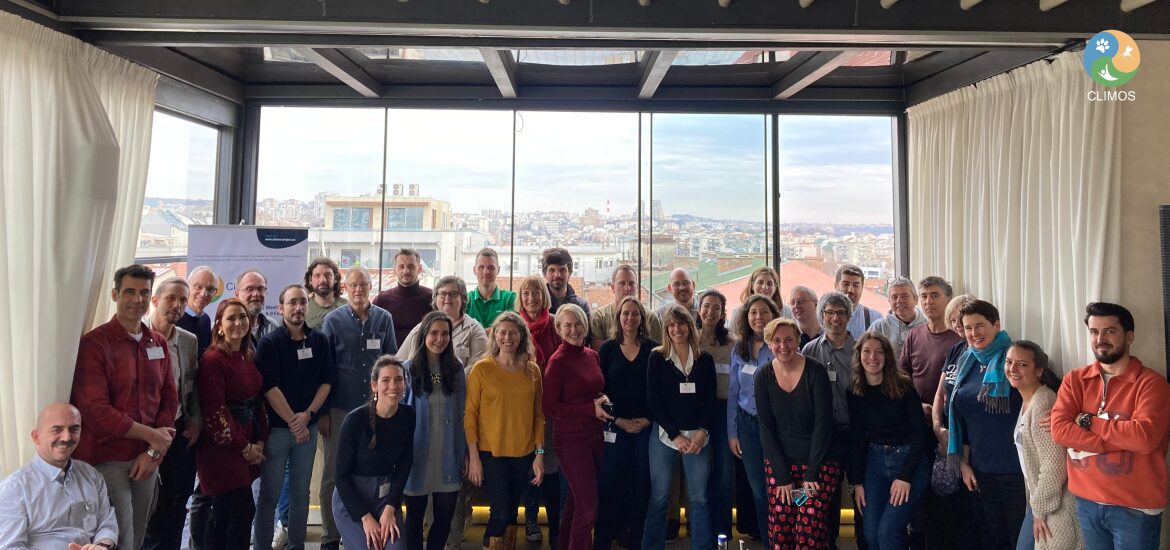When considering arthropods that carry infectious diseases, mosquitoes and ticks are often the first to come to mind. However, there’s another vector that is equally important but less recognized: sand flies.
Sand flies are small insects with hairy wings belonging to the Phlebotominae subfamily. They thrive in warm and tropical climates around the world. Climate change is significantly impacting their distribution, expanding into new regions of Europe. Typically active during twilight hours, female sand flies primarily feed on mammalian blood, facilitating the transmission of viruses and parasites. These pathogens cause diseases such as summer meningitis and leishmaniasis, affecting humans and animals. Leishmaniasis, in particular, is classified as a neglected tropical disease by the World Health Organization, with an estimated 700,000 to 1 million new cases annually (World Health Organization, 2023). It can lead to severe health complications and even death if left untreated. The CLIMOS project aims to raise awareness about sand flies, their spreading diseases, and methods to prevent their proliferation.
During a four-day General Assembly (GA) held in Belgrade and hosted by the Institute for Medical Research of the University of Belgrade, the consortium shared insights and findings from sand fly sampling sites across 12 countries. Strategies were discussed to utilize data from these traps effectively. These efforts are crucial for achieving objectives such as testing the developed surveillance Early Warning System (EWS) and monitoring tools.
The results
Field collections of sand flies were successfully conducted in 11 countries, with data acquisition from Greece by an IDAlert project partner. Currently, sand fly specimens are undergoing identification, with initial results indicating new species records in several surveyed countries. Follow-up studies on canine seroprevalence are underway in multiple countries, along with standardized screening for sand fly-borne pathogens. Vector competence tests have been conducted on three sand fly species—Phlebotomus perniciosus, P. tobbi, and P. perfiliewi—confirming their role as competent vectors for various diseases. Additionally, candidate molecules for semiochemical attractants in novel sticky traps have been tested and will be incorporated into a trap prototype. Development of novel salivary antigens as markers of exposure to sand flies is progressing well, utilizing dog sera from endemic regions in Turkey.
In addition to fieldwork, the CLIMOS project collects data on climate factors such as temperature, precipitation, and soil moisture to understand their impact on sand fly development and spread. The distribution and effects of pathogens and diseases carried by sand flies are also studied, along with environmental and socioeconomic factors. This extensive dataset undergoes rigorous preprocessing to ensure its quality for use by other researchers and projects. The preprocessing of CLIMOS datasets is complete, paving the way for data analysis and modelling to initiate the first iteration of the CLIMOS Early Warning System (EWS).
The project also focuses on evaluating and validating results, particularly the deployment of technological components and environment sensors. During the GA, discussions were held on sensor deployment in nine countries and the validation framework for the AAI models for the final EWS. Future steps include deploying sensors in additional countries, aggregating data with CKAN, and overcoming validation challenges.
Simultaneously, CLIMOS conducted workshops to understand factors influencing the adoption of an EWS for accurate climate modelling and Leishmania infection risk prognosis. An assessment of various dimensions, including social, economic, political, technological, legal, ethical, and environmental aspects, was conducted to develop multiple future scenarios and identify stakeholders involved in EWS development.
Efforts to conduct a Cost-Benefit Analysis for the societal implications of climate change on health systems were initiated during the GA. These scenarios and analyses empower decision-makers to work towards a desirable future amid rapid change and uncertainty.
During the GA, external scientific advisor Dr. Luigi Sedda from Lancaster University provided valuable insights. Progress on the Project Data Management Plan, including data collection, processing, sharing, preservation, and ethical considerations, was also presented. The project ensures adherence to ethics requirements, with external ethics advisor Dr João Lavinha reviewing forthcoming reports.
As sand flies continue to expand their range due to climate change, the threat of leishmaniasis grows. CLIMOS is actively engaged in communication and dissemination activities through its website and social media platforms, including educational videos and podcasts. The project recently launched its Stakeholder Network, inviting European organizations and individuals interested in mitigating the emergence and spread of sand fly-borne diseases to collaborate. CLIMOS also collaborates with local communities to raise awareness and co-create scenarios in regions where sand fly transmission is new.
For more information follow our social media channels. Linkedin & X



